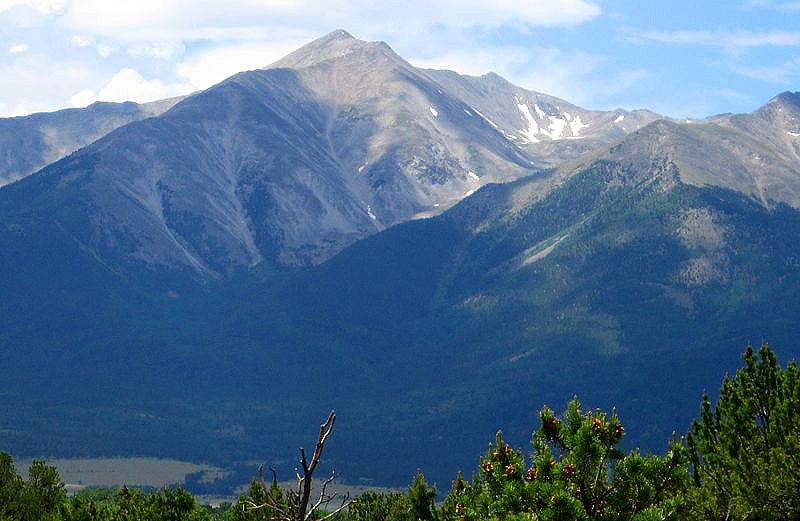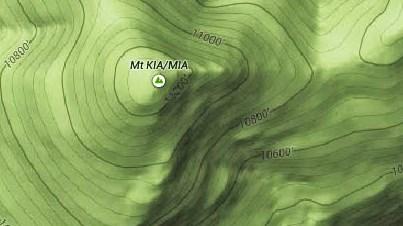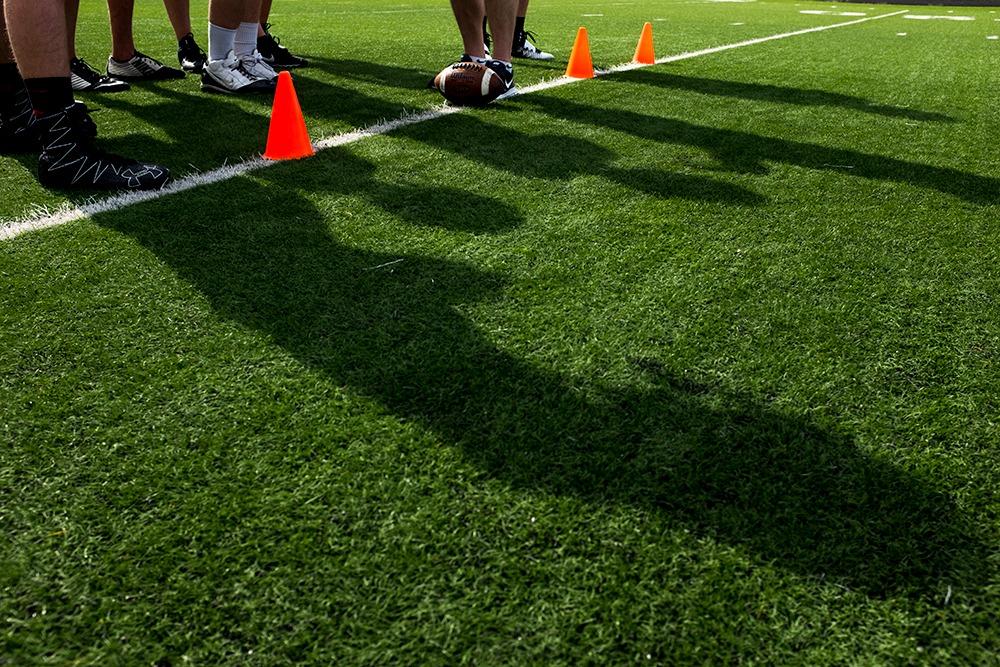
Mounts Princeton, Yale, Harvard, Columbia, and Oxford are among the peaks forming Colorado’s Collegiate Peaks, in the Sawatch Range. Recently, an application was made to have Mount William and Mary join that group. Will the application to name a peak after a Virginia college win approval? It's not a sure bet.
New names for mountains, lakes, and rivers fall under the watch of the U.S. Board on Geographic Names. The Colorado Board on Geographic Names plays a role by reviewing proposals for naming geographical features in Colorado and making recommendations to the federal board.
State archivist George Orlowski has served on the state board for the last 17 years. Despite a reluctance to issue new names, Orlowski says Colorado gets a lot more applications than most other states because of its abundance of mountains.
But, Orlowski says, “think about it, does everything really need a name?”
And is it the right name?
Anyone can submit a proposal. To get approval, a proposal needs to demonstrate a direct association between the name and the feature or the state. Or there needs to be wide support by the general public. There might be a need to standardize multiple names or spellings of a feature to reduce confusion.
Plus, the application must show that naming a feature is the best way to honor the subject -- which might help explain why a visitor to Rocky Mountain National Park was turned down for an application to name a feature there Daniel’s Doghead Rock.
How four mountains got their names

Mount Mahler: A fan of Gustav Mahler proposed this name to honor the classical composer. Then, a “rogue cartographer” put the name on the map, assuming it would be approved. Though the request was turned down, the cartographer's actions lead to the name becoming official.
Mount KIA/MIA: In 2007, an 11,000 ft ridgetop south of Salida was named Mt KIA/MIA to honor military service members killed or missing in action. They had previously applied to rename one of the many Sheep Mountains around the state, but were turned down.
Aunt Clara Brown Hill: This location was originally named for the lynching of a black man accused of robbery and murder in 1870. In 2012, the hill was renamed after a controversy emerged regarding the offensive name. Now, the hill is named for Aunt Clara Brown who was born a slave, bought her freedom, and moved to Gilpin County.
Kit Carson Peak: In 2010, an effort to rename Kit Carson Peak to Mount Crestone failed. Though Mount Crestone was commonly used in the San Luis Valley, because there is already a Crestone Peak and Crestone Needle, local government believed the change would be confusing.









